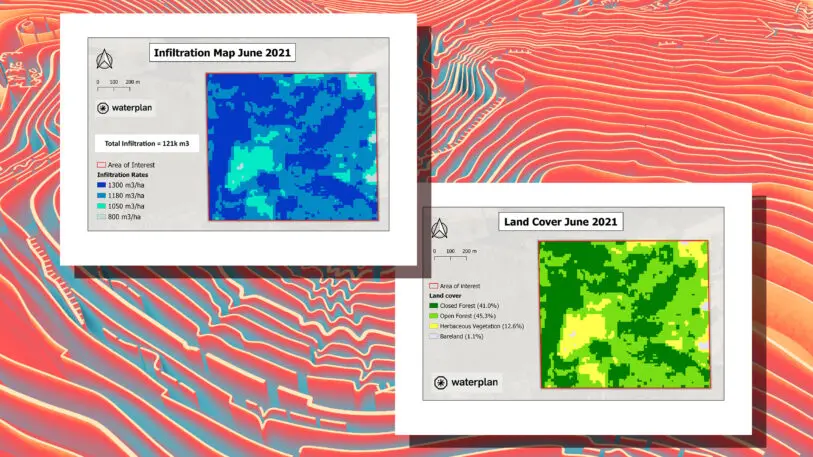As the planet gets hotter, companies are facing more risks from water (or lack thereof), from torrential rains shutting down electronics factories to droughts that kill cotton and drive up the cost of making jeans. But tracking your corporate water footprint—and taking steps to mitigate risk—still isn’t as common as tracking carbon.
A new software platform called Waterplan, from a startup of the same name, wants to make it easier for companies to understand the challenge, starting with water accounting and evaluating the risks of water shortages. “We’re seeing a lot of innovation start to appear in the climate sector tracking emissions,” says José Ignacio Galindo, cofounder of Waterplan, which is currently in Y Combinator’s tech accelerator program. “But we thought that there was more space for software solutions in the water space.” Some similar tools do exist, including platforms from Jupiter that predicts climate risks to business infrastructure such as the risk from drought, and Aqueduct, a water risk atlas from the nonprofit World Resources Institute. (Waterplan has more up-to-date data than Aqueduct, Galindo says.)

McCain Foods, a multinational frozen food company, is testing the platform in a pilot in South America, where a massive drought is happening now in Brazil. “This is impacting our crops in Brazil,” says Agustín Giaquinto, regional energy and sustainability manager at McCain. “We’re also building a plant in Brazil, and the cost of electricity has double in the last two months, because they are depending on hydropower.” The drought has also impacted rivers flowing to Argentina, where the company grows more crops. It has been using the platform to track and evaluate water efficiency interventions on farms in real time, and is now using that to roll out better irrigation systems more broadly.
Some companies are moving faster than others to tackle water risk. In 2017, L’Oréal rolled out its first “Waterloop” factory, where all water used in industrial processes is purified and reused. The company now has multiple factories using the approach and plans to have it in place everywhere by the end of the decade. Nissan captures rainwater and recycles wastewater at a plant in India. Unilever is selling more “water smart” products in places most at risk from drought, like dish detergent designed to rinse off with less water.
But most companies still aren’t doing enough. In a report earlier this year, the nonprofit CDP estimated that more than $300 billion in value is at risk because of water stewardship problems—a cost five times higher than it would cost to tackle those problems. And these problems affect companies widely; tech companies, for example, need water at data centers. (Facebook is another company in Waterplan’s pilot.) Investors want to understand how much water risk companies face. The new tool is also designed to make it easier for companies to track and report water usage and local water availability, so they can be transparent about the challenge. In the future, the platform will add details about additional risks related to water, including flooding.
Recognize your brand’s excellence by applying to this year’s Brands That Matter Awards before the early-rate deadline, May 3.
